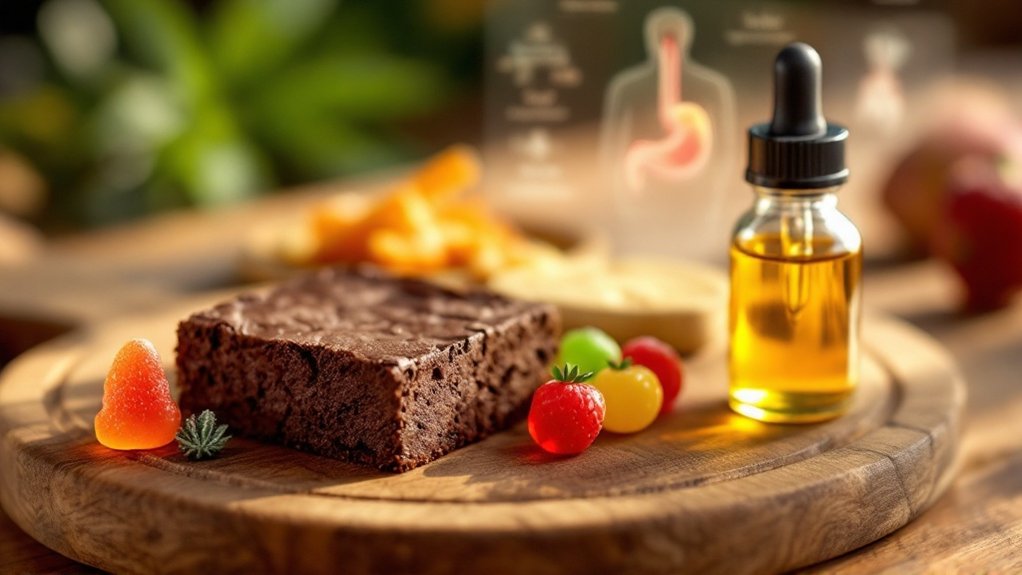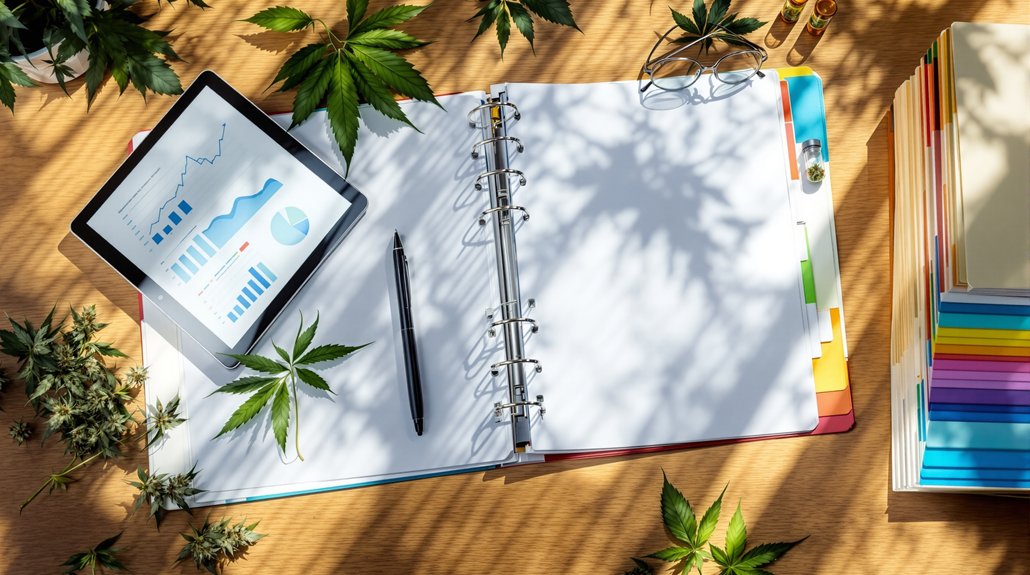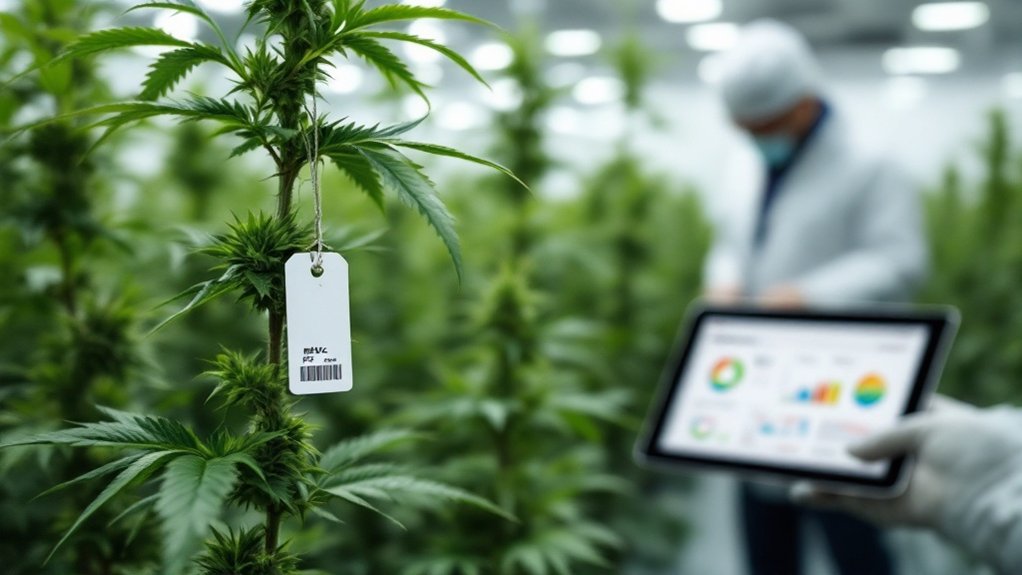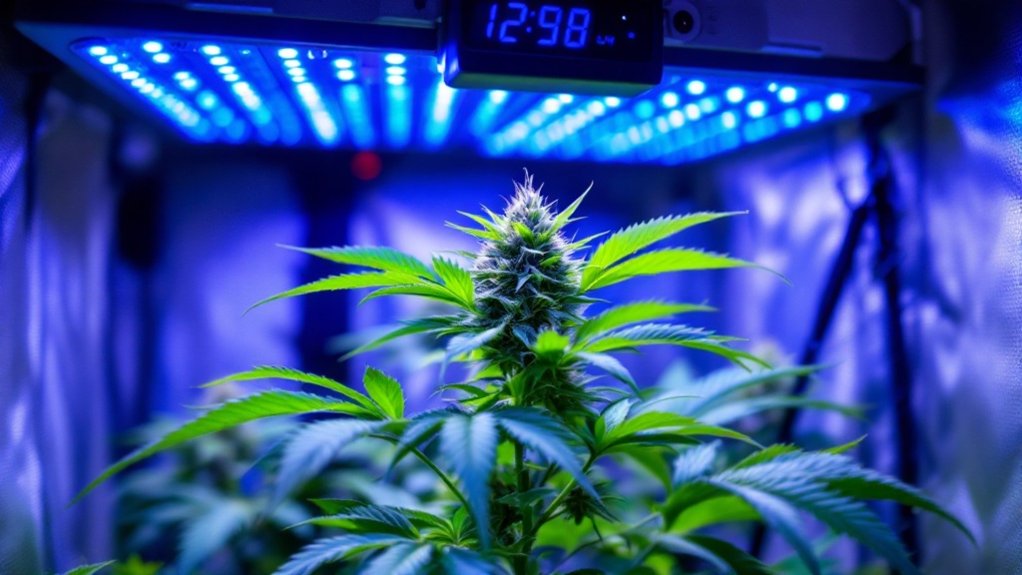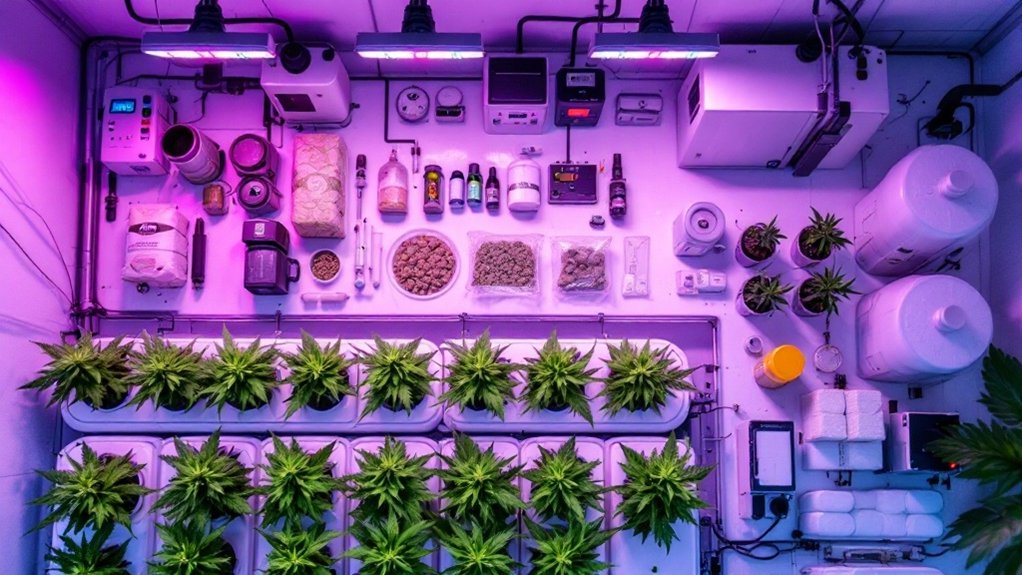Cannabis edibles work differently than smoked products due to their unique metabolic pathway. When consumed, THC travels through the digestive system to the liver, where it’s converted into 11-hydroxy-THC—a more potent compound. Effects typically begin 30-60 minutes after ingestion, peak at 2-4 hours, and can last 4-8 hours or longer. Modern fast-acting formulations use sonication technology to increase absorption speed through the stomach lining and salivary glands. Understanding this metabolism helps users navigate the extended duration and intensity of effects.
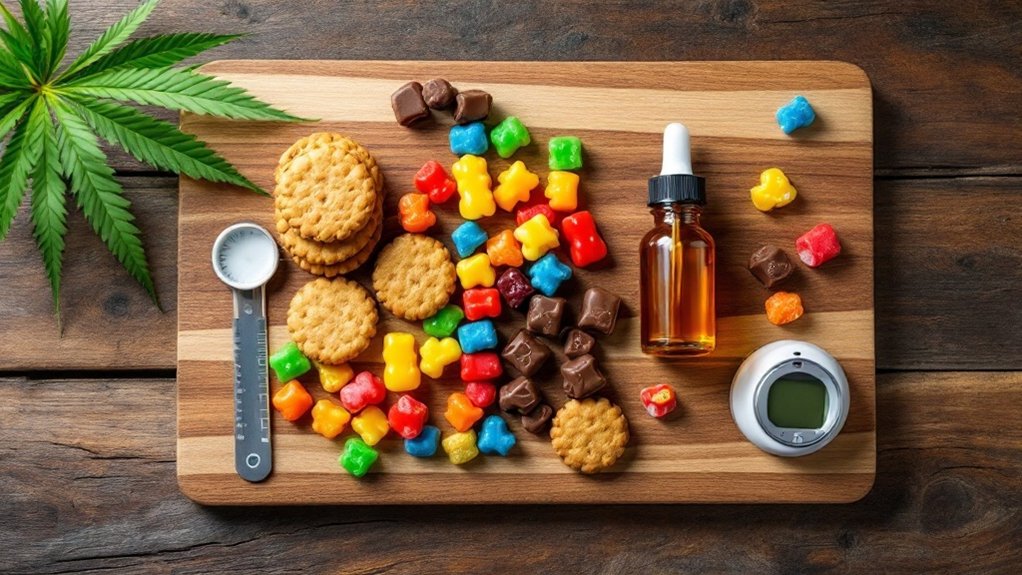
Cannabis-infused foods and beverages represent a growing sector in the cannabis market, offering consumers an alternative method of consumption that avoids the respiratory risks associated with smoking or vaping. These products, commonly known as edibles, contain cannabis extracts with considerable amounts of THC incorporated into various forms including baked goods, candies, beverages, and capsules. Their popularity stems from their discreet nature, appeal to non-smokers, and ability to provide controlled dosing with effects that typically last longer than other consumption methods.
The journey of edible cannabis through the body differs markedly from inhaled cannabis. When consumed, THC travels through the gastrointestinal tract, first to the stomach and then to the liver before entering the bloodstream and brain. During this process, the liver metabolizes THC into 11-hydroxy-THC, a compound that produces stronger and more enduring psychoactive effects. This metabolic transformation explains why edibles often create more intense experiences than equivalent doses of smoked cannabis, despite the delayed onset of 30 minutes to 2 hours after ingestion. The onset of effects is typically experienced within 30 to 60 minutes for most edibles, which emphasizes the importance of patience when consuming them.
Edibles transform cannabis into a more potent experience through liver metabolism, trading quick onset for deeper intensity.
Traditional edibles contain oil-soluble THC that must undergo complete digestion, while innovations have led to fast-acting formulations. These newer products utilize sonication—a process employing sound energy to break down cannabinoids into smaller, water-soluble particles. Fast-acting edibles offer more consistent dosing compared to traditional options, reducing the risk of unpredictable experiences. This technology enables faster absorption through the stomach lining and salivary glands, partially bypassing the conventional digestive pathway and producing effects more rapidly, similar to inhaled cannabis but generally with milder intensity.
The pharmacology of edibles involves complex interactions with the endocannabinoid system. THC primarily binds to CB1 receptors in the central nervous system, altering neurotransmitter release and affecting perception, mood, and cognition. Being highly lipid-soluble, THC efficiently crosses the blood-brain barrier, producing effects that typically peak 2-4 hours after ingestion and may persist for 4-8 hours or longer. Historical records show that cannabis-infused foods have been consumed since 2000 BC, with Bhang Lassi tradition remaining an important cultural practice among Hindus celebrating Shiva.
This extended duration presents both benefits and challenges. The slow onset can lead to accidental overconsumption when users impatiently take additional doses before feeling initial effects. Individual variations in metabolism, body chemistry, and tolerance further complicate the predictability of edibles’ effects. Additionally, the effects of edibles usually peak between 2 to 5 hours after consumption, which can catch inexperienced users off guard.
The conversion process in the liver consistently produces a more intense and prolonged psychoactive experience compared to other consumption methods, necessitating careful consideration of dosage and timing when consuming cannabis-infused products.
Frequently Asked Questions
Can I Travel Internationally With Cannabis Edibles?
Traveling internationally with cannabis edibles is illegal regardless of their legal status in the origin or destination countries.
International laws prohibit cross-border transport of THC products, even between regions where cannabis is domestically legal. Violations can result in severe penalties including imprisonment, particularly in countries with zero-tolerance policies like Japan and Singapore.
Even medical marijuana patients cannot legally transport their medication across international borders.
Cannabis remains federally illegal in the United States, creating additional complications for international travelers.
How Do Edibles Interact With Prescription Medications?
Cannabis-infused edibles can greatly interact with prescription medications through the cytochrome P450 enzyme system in the liver.
These interactions may alter the metabolism of medications, potentially increasing their concentration to dangerous levels or reducing their effectiveness.
Particularly high-risk medications include anticoagulants, sedatives, antidepressants, and certain anticonvulsants like clobazam.
The THC and CBD components in edibles affect different medications, with CBD interacting with over 540 prescription drugs while THC interacts with approximately 400.
What’s the Shelf Life of Homemade Cannabis Edibles?
Homemade cannabis edibles have varying shelf lives depending on their composition.
Cookies typically last about one week, while brownies remain good for approximately two weeks.
Products containing butter or oil generally stay fresh for 3-4 weeks.
Homemade cannabis gummies are more shelf-stable, lasting up to one year.
Proper storage greatly impacts longevity; refrigeration or freezing in airtight containers extends shelf life by preventing exposure to degradation factors like heat, light, and oxygen that break down cannabinoids over time.
Are There Sugar-Free Options for Diabetic Patients?
Sugar-free cannabis edibles are readily available for diabetic patients in various forms.
Manufacturers produce these products using alternative sweeteners like allulose, monk fruit, erythritol, and stevia, which typically have minimal impact on blood glucose levels.
The market offers diverse options including sugar-free gummies, chocolates, beverages, and savory alternatives like infused crackers and freeze-dried fruits.
Patients should verify ingredient lists, as some “sugar-free” products may still contain carbohydrates that could affect blood sugar management.
Can Pets Get High From Accidentally Consuming Edibles?
Pets can absolutely get high from accidentally consuming cannabis edibles, and the effects are typically more severe than in humans.
Dogs and cats possess a higher concentration of cannabinoid receptors in their brains, making them particularly susceptible to THC toxicity. Symptoms include uncoordination, excessive sleepiness or agitation, disorientation, and in severe cases, tremors or seizures.
The situation becomes more dangerous when edibles contain additional toxic ingredients like chocolate, which creates a compound poisoning scenario requiring immediate veterinary intervention.
